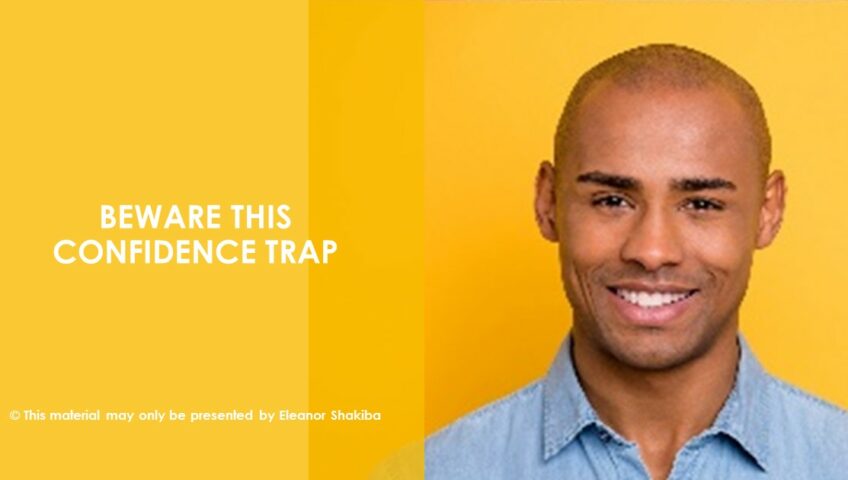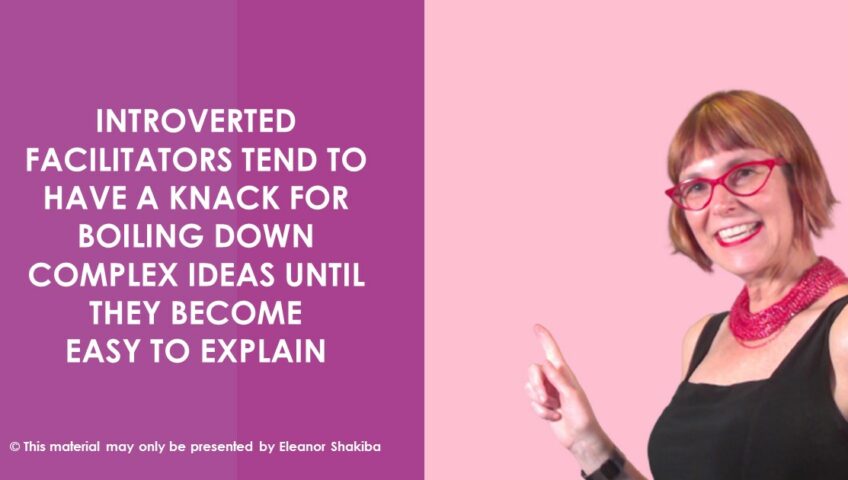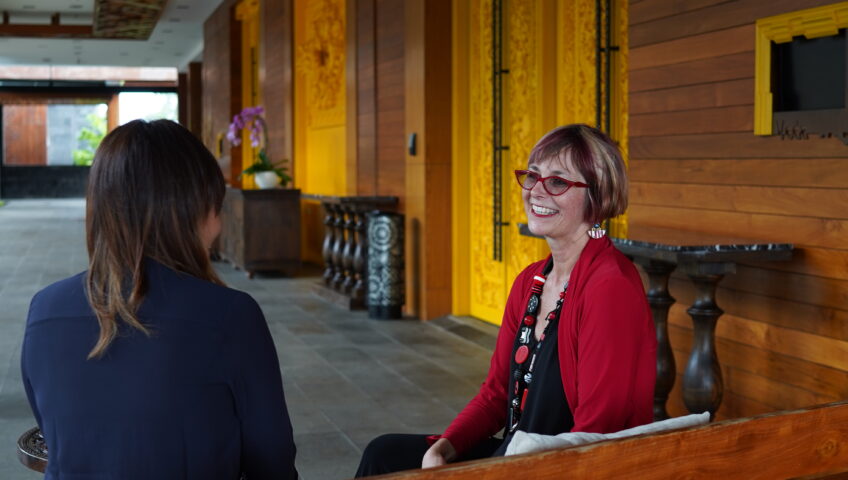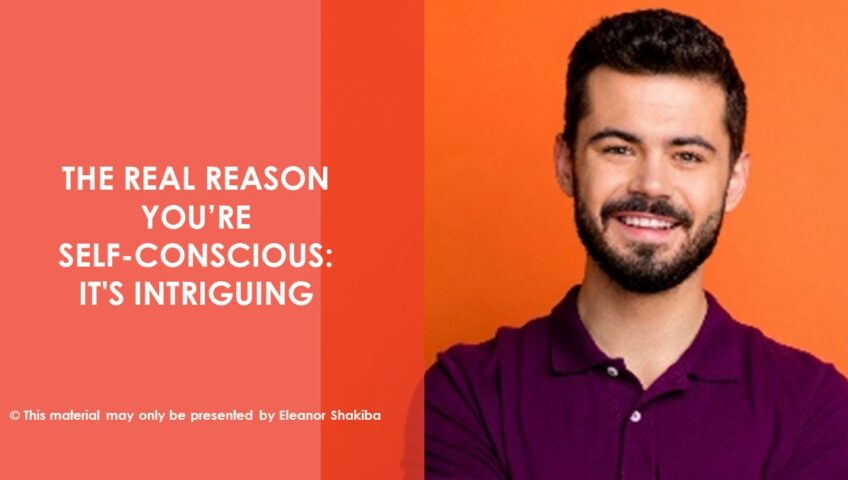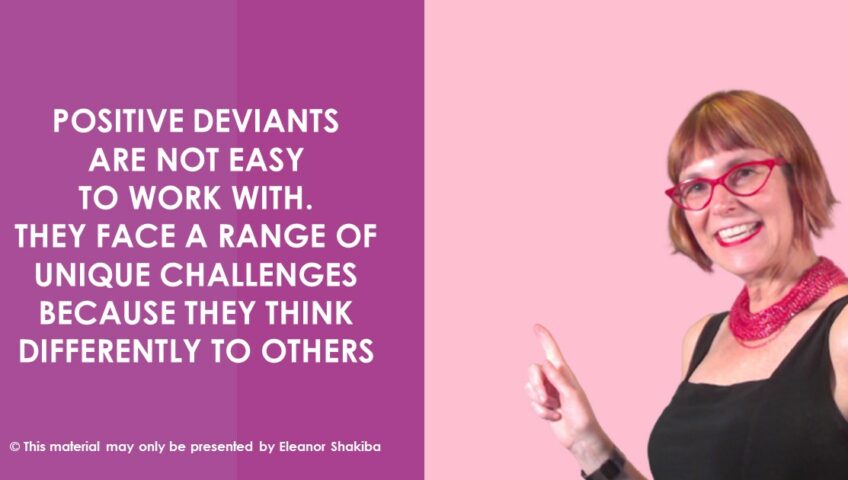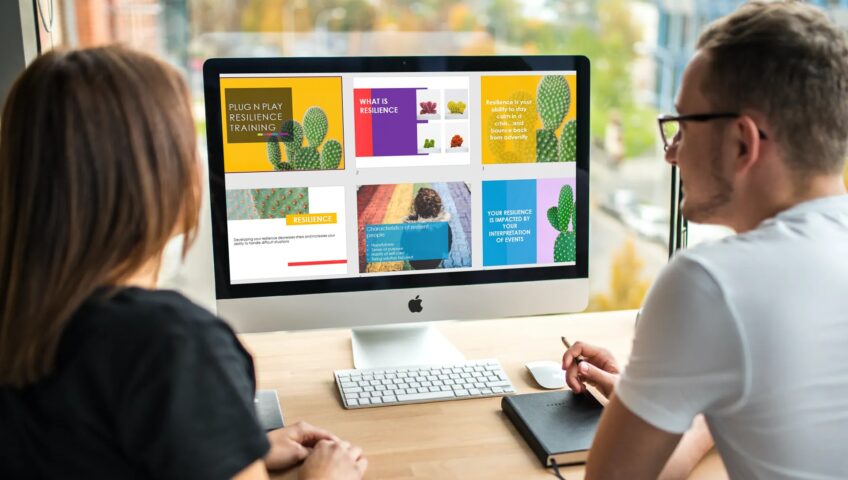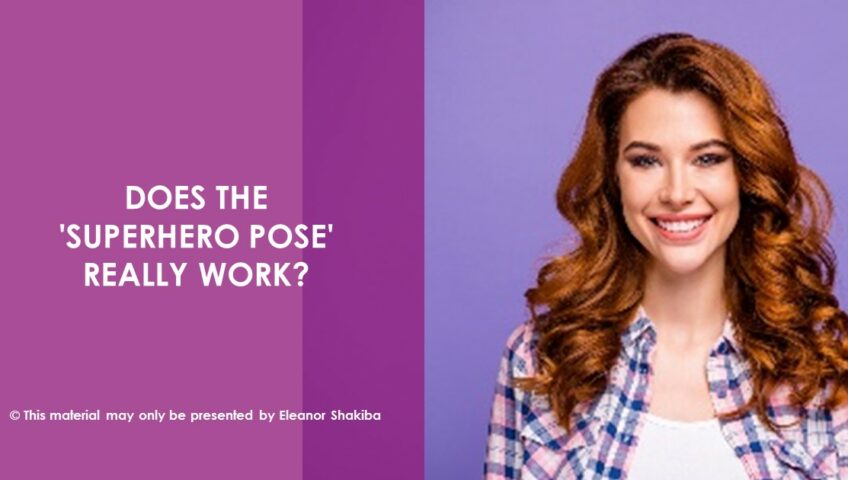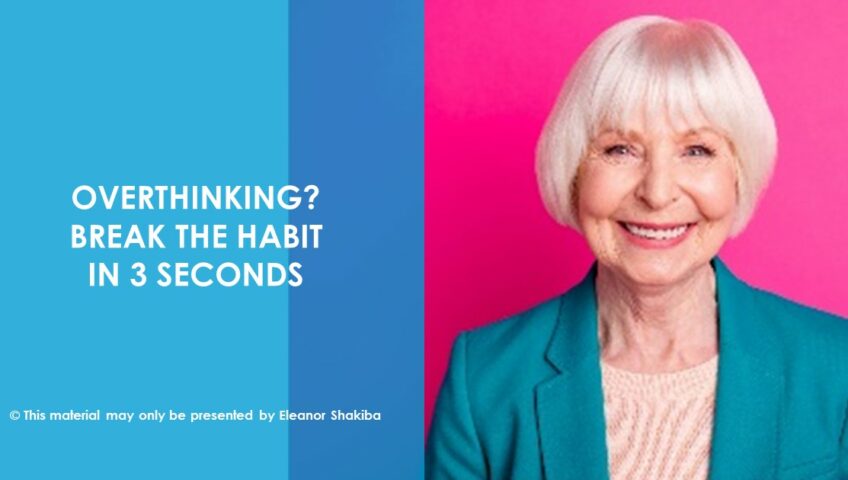If you want to be more confident, no doubt you’ve tried thinking positive thoughts about yourself. Indeed, this is a strategy many self-help gurus advocate. However, it turns out the link between thoughts and feelings isn’t as simple as this approach implies. In fact, it can lead to you getting the process of confidence building totally wrong.
Yes, there is a proven connection between thoughts and feelings. And, yes, shifting your thoughts can impact your emotional states. However, it’s important to recognise that the influence works the other way, too. This is important to know if you’re working on your confidence.
Richard Petty is a distinguished professor of psychology at Ohio State University. He’s been exploring the link between thinking patterns and behaviour for decades. His studies on the impact of confidence on behaviour are fascinating. Essentially, Petty has shown that the more confident someone feels when they think of a thought, the more likely they are to act upon that thought. While this might sound like common sense, in fact, it’s not. That’s because Petty also found that the state of confidence does not have to be directly linked to the thought itself. In other words, if you’re feeling confidence, then you are more likely to believe what you think in that moment. The practical implications of this can be huge.
For example, you might be thinking it would be nice to set up your own business. If you felt confident when you thought this, you’d be more likely to take action – regardless of whether you knew how! As Petty puts it, “Confidence magnifies what you’re already thinking.” That’s great if you’re thinking ambitiously. It’s not quite so useful if you’re thinking pessimistically.
Fortunately, Petty has also demonstrated that it’s surprisingly easy to boost your confidence. Simply ‘manipulating’ your physical posture can significantly influence how much you believe what you are thinking. Petty demonstrated this by studying over 150,000 people. His research showed that simply asking people to nod their heads whilst thinking about their personal attributes could significantly impact the extent to which volunteers believe those thoughts.
The same was true for negative thoughts. Volunteers who nodded whilst thinking negative things about themselves, believe those thoughts more than people who shook their heads. Petty experimented with various other postural changes, all of which demonstrated the same impact on confidence levels. And then, as a ripple effect, the believability of a thought. He found that when people slump, they are less confident about what they’re thinking. When they sit upright, they become more confident.
Ultimately, then, if you want to ‘believe in yourself’ more, make sure you’re adopting a confident posture before thinking about your own abilities to take action.
About the author: Eleanor Shakiba
Eleanor is a trainer and coach, with a passion for unleashing the power of positive deviance in talented people. She has taught more than 50,000 people how to excel professionally. An expert in the field of Positive Psychology, Eleanor is also qualified in Social Anthropology, Counselling, Coaching, Adult Education and Neuro Linguistic Programming. She specialises in helping HR and L&D practitioners to unleash the power of positive psychology in business. Her major focus in developing three key areas that support positive workplace cultures: positive mindset, proactive communication and purposeful leadership. Eleanor is the author of the Positive Psychology Toolkit for HR and L&D Practitioners. Download your free copy here.

